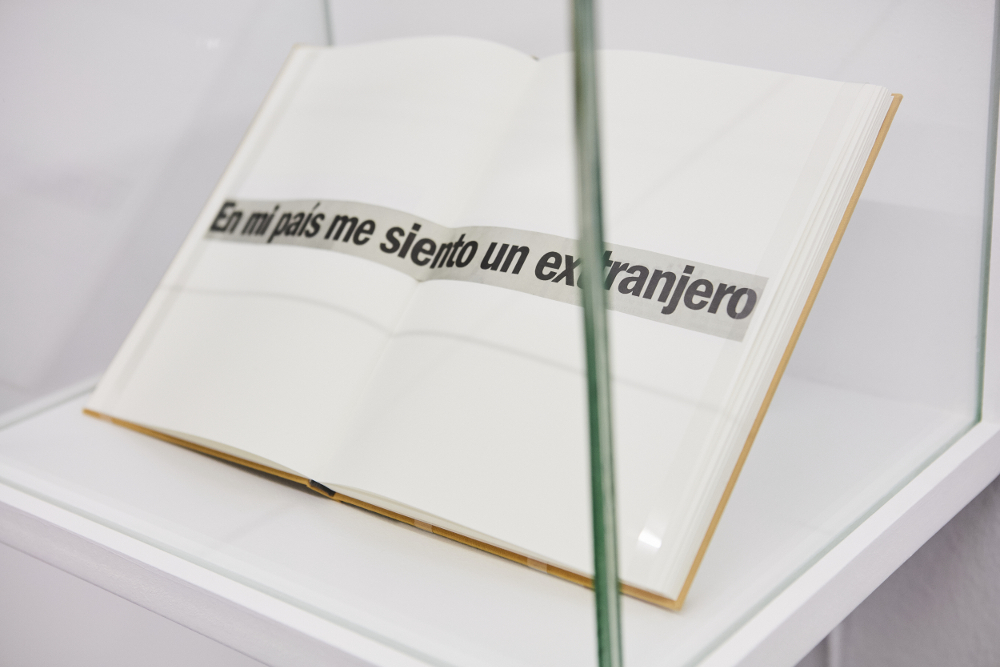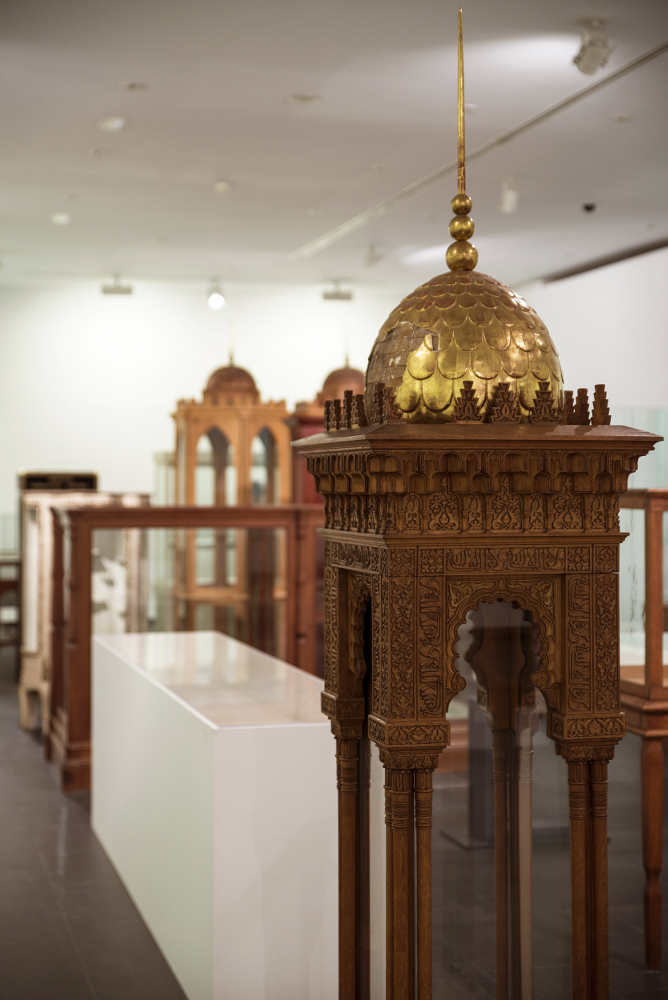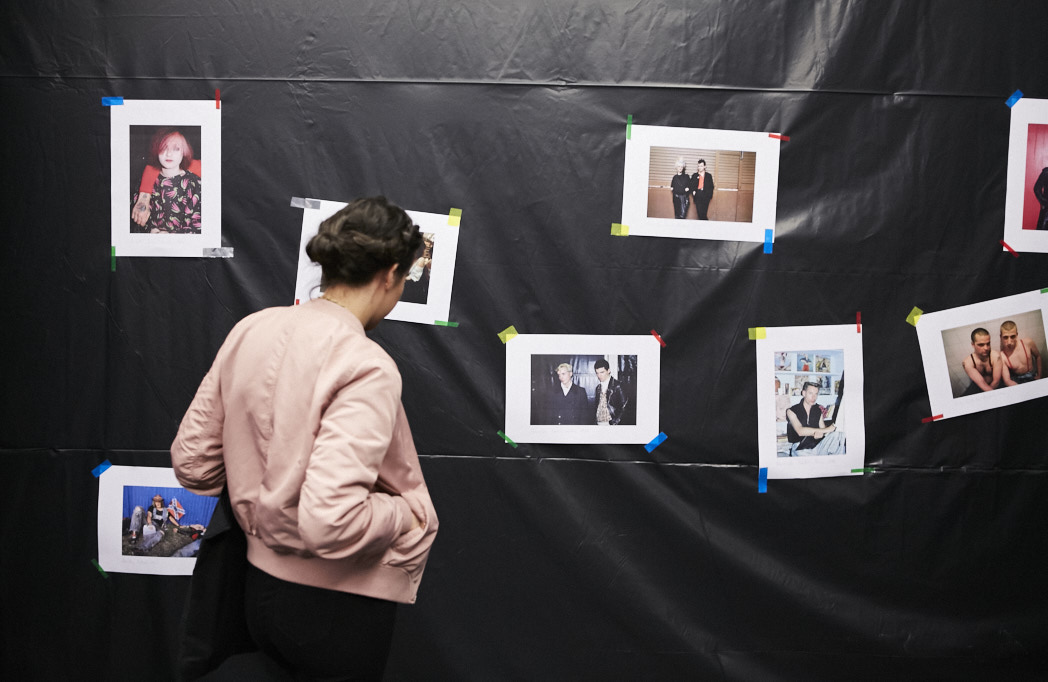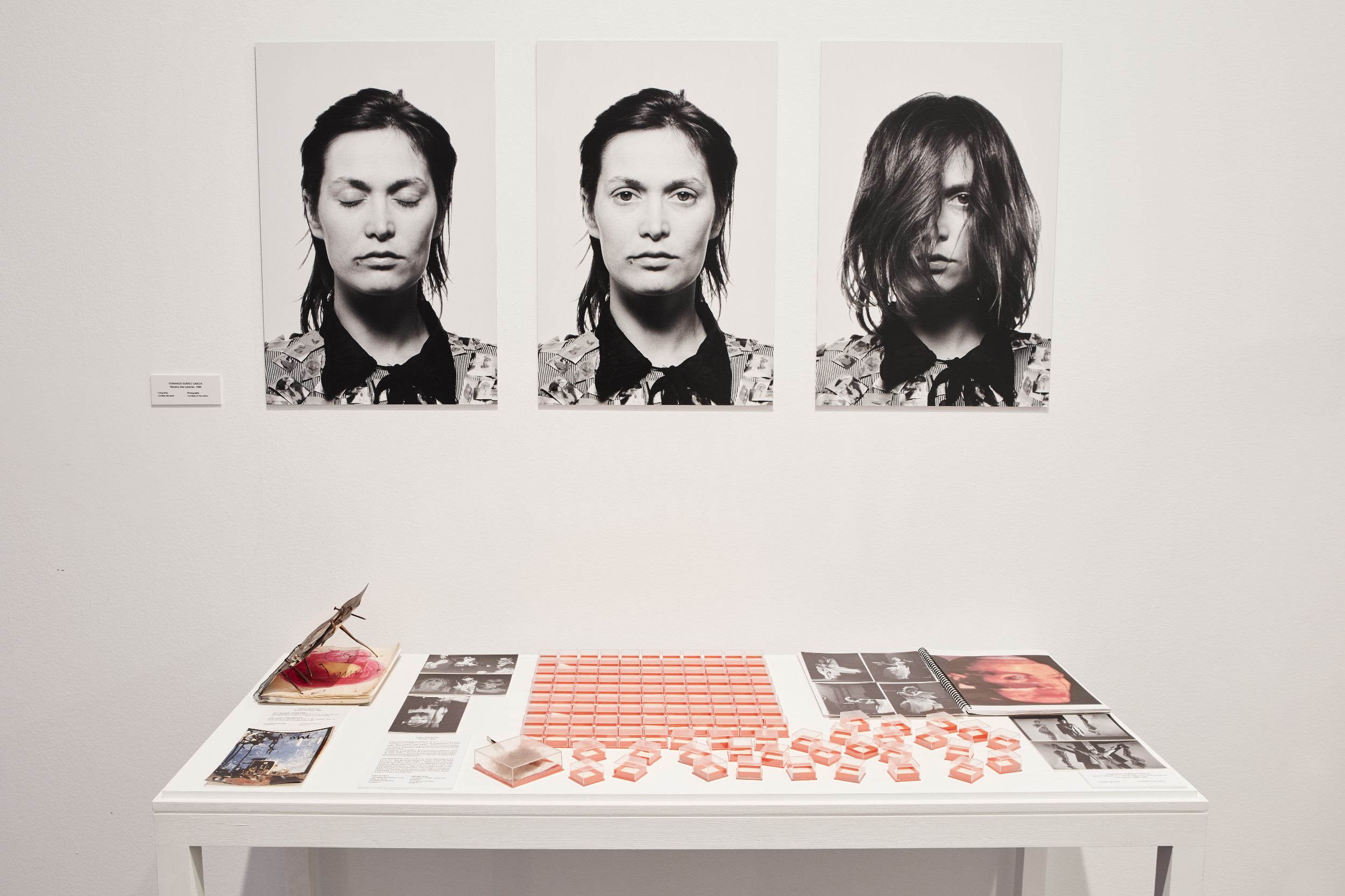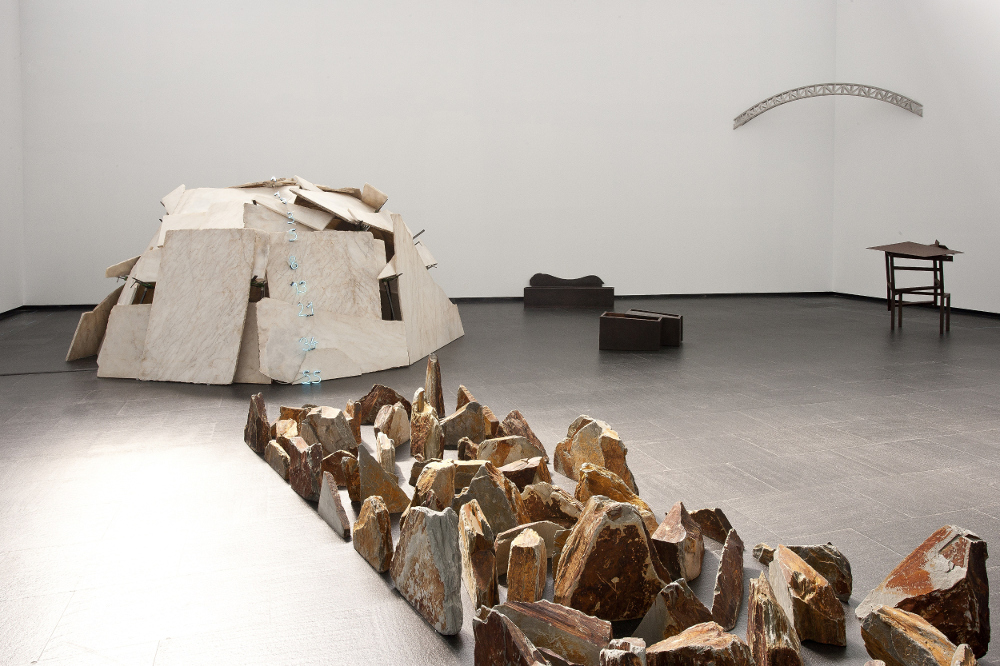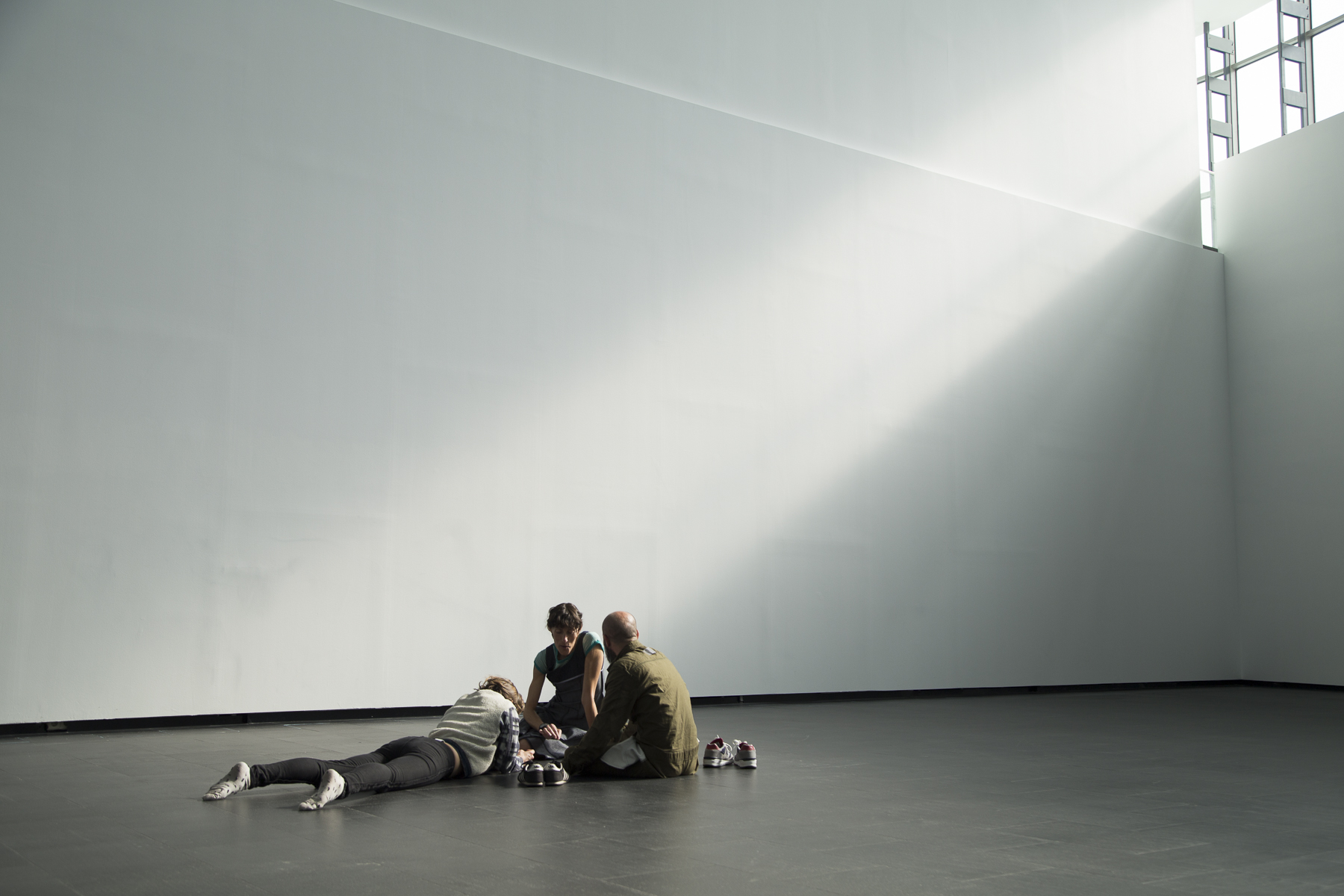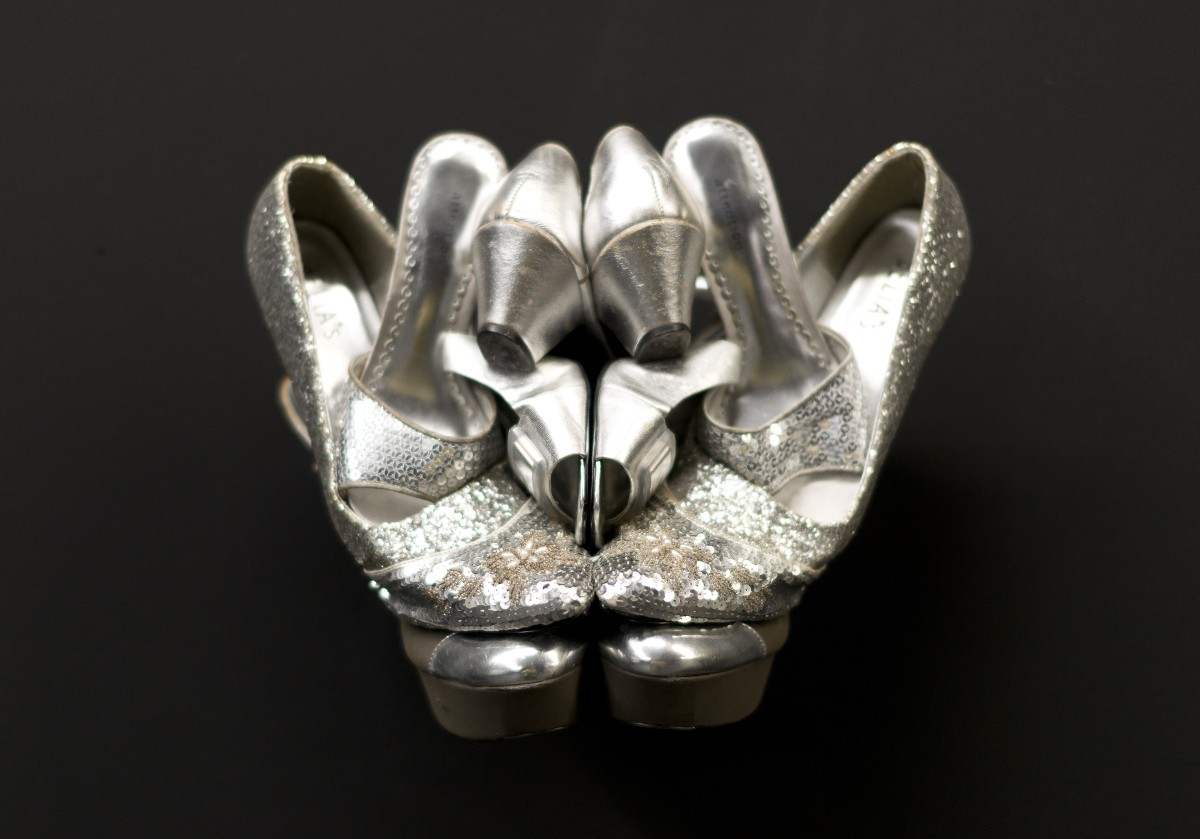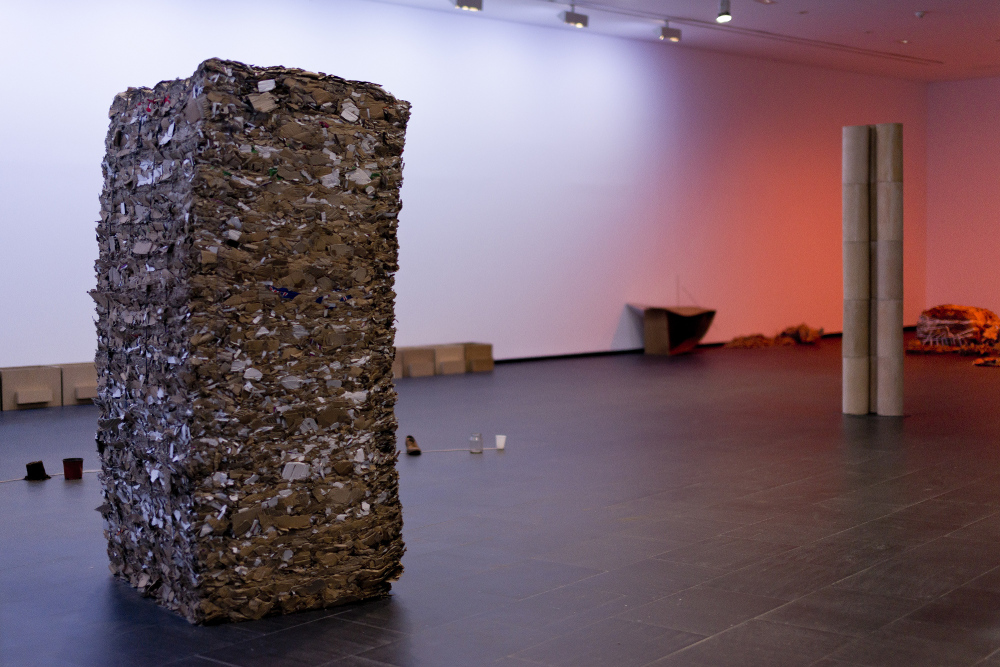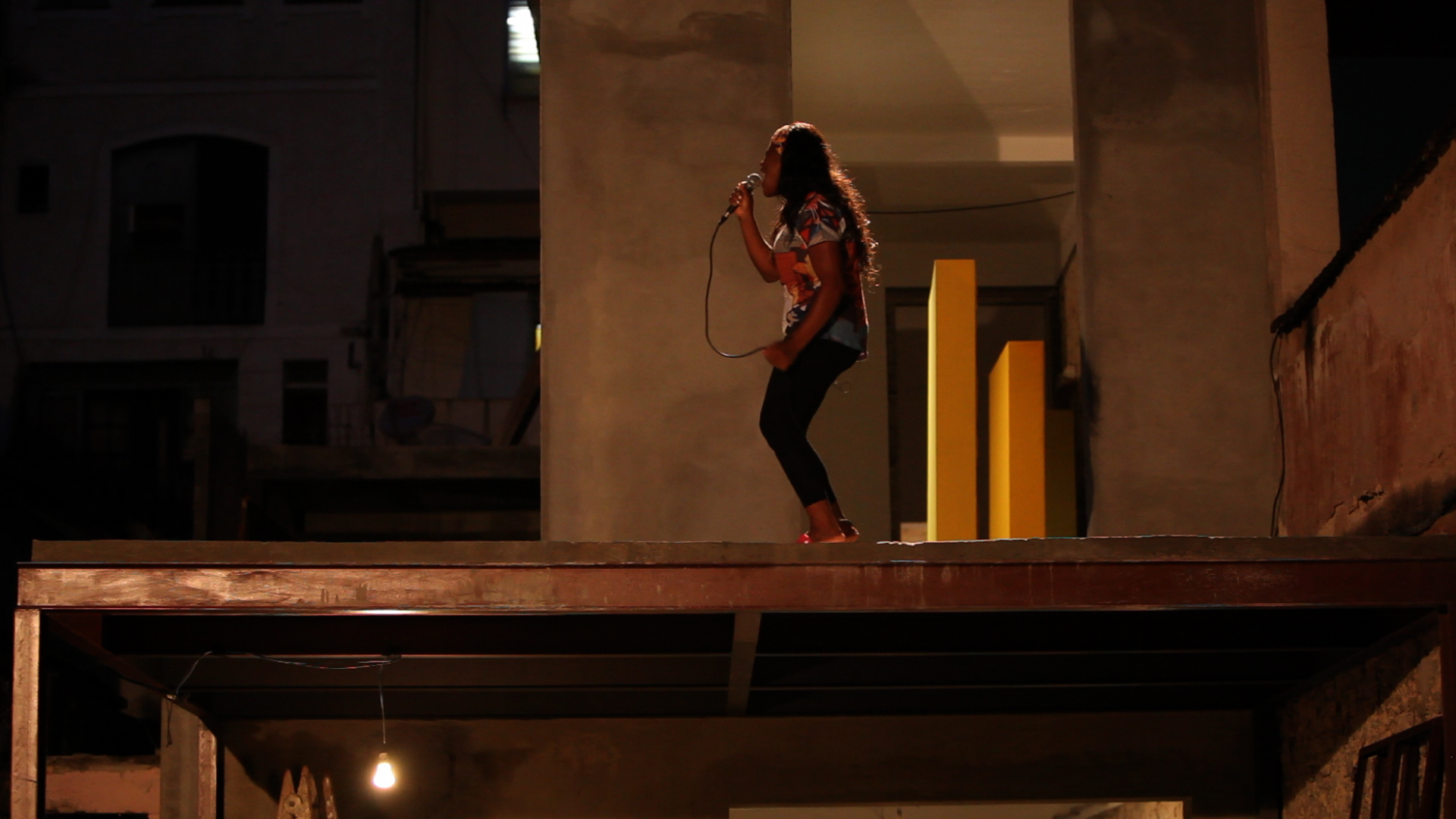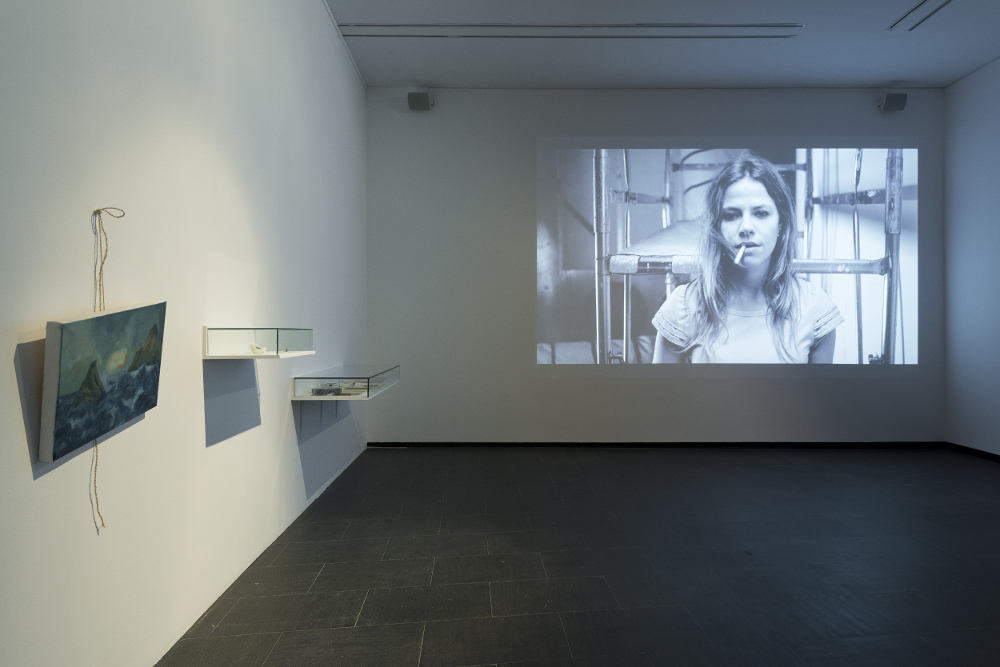
Following their participation in the Spanish Pavilion at the latest Venice Biennale, this exhibition is the first survey show of their practice, contextualising their latest projects within a framework bookended on one side by the Cultural Wars of the late eighties—their formative period—and on the other by the social revolutions against the return to neoliberal order in recent years.
